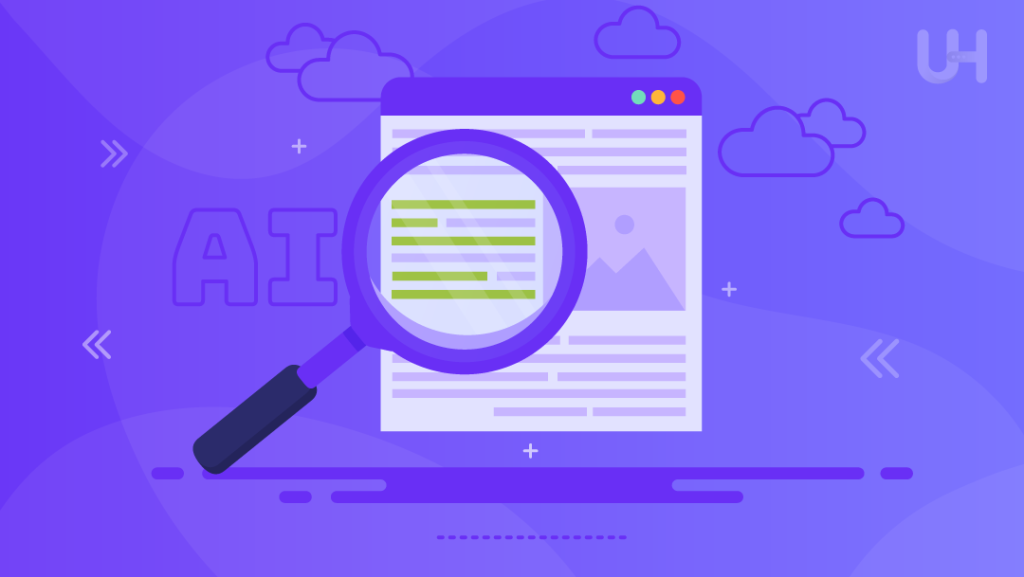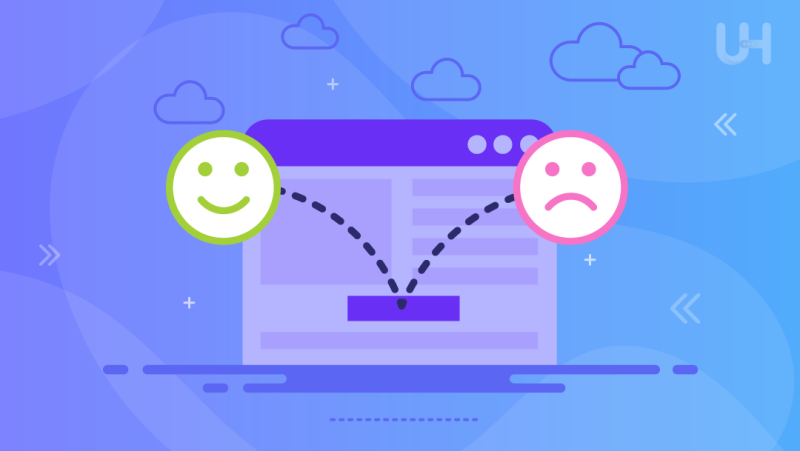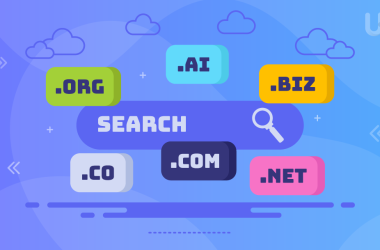Have you ever gone to a website and felt immediately disheartened, making you press the back button quickly? We all have experienced this. For people who own websites, when visitors leave very fast, it becomes an annoying number to look at: this is called bounce rate. So what does bounce rate mean, and even more crucially, how can you make it better?
In this guide, we will explain the bounce rate, describe how a good bounce rate of website should be, and give you clear steps to make your website’s bounce rate much better while making sure visitors stay interested. Let us get into it and change those short visits into devoted followers.
What is Bounce Rate?
Bounce rate refers to the percentage of website visitors who navigate away from the site after viewing only one page without engaging further. A high bounce rate often suggests ineffective content or user experience.
The bounce rate might seem complex when you see it the first time. It just shows what portion of people go away from your site after they look at just one page. However, it does not explain the reason for the bounce. Could users have located the information required and then left upon finishing their task? Did they encounter a page that took too long to load? Did they find the content puzzling or not aligned with what they were searching for?
When we look closely at the bounce rate it helps us understand how visitors act and find important information. We can see where your website may not keep visitors interested and work to make their experience better.
Knowing When To Worry About Bounce Rate
Bounce rate is a useful measurement, but it’s important to understand its context. If there is a high bounce rate on an online shop product page, it may show that visitors do not get enough information to decide to buy something. However, a news article with a high bounce rate might actually be okay – perhaps the readers just read the content, and then they go away feeling happy. Here are the important points for boosting website performance:
- Focus on your website’s goals: Concentrate on the objectives for your website. If you want guests to look through many pages, a significant bounce rate could suggest there is a problem with optimizing your website. However, it may not be a red flag for single-page sites or informational content.
- Consider industry benchmarks. Look into the average bounce rates for different types of businesses. Find out what is normal for your specific area of work to know what should be expected on your website.
Small Steps To Shift Your Bounce Rates
A high bounce rate can be disheartening, but maintain your optimism. There are effective steps you can take to see better results, often quite quickly.
- Visitors do not like to wait, so if your site takes too long to load, they will leave.
- Create titles that catch the eye and truly represent what you have written. Imagine them as small signs inviting readers to remain.
- Make sure your content is clear and to the point. Use bullet points, headings, and short paragraphs to help readers quickly understand information and keep their attention.
- Provide excellent content that meets your audience’s needs. If your content has good information and is interesting, it will benefit people and make them want to return for more.
Importance Of Speeding Up Your Website
Visitors want websites to load quickly. Every extra second means you lose lead nurturing opportunities and potential dissatisfaction. Here’s why site speed is important:
- First Impressions Matter: A quick load time makes a good first impression, encouraging visitors to explore further. In contrast, a sluggish load screams unprofessionalism and might result in quick bounces.
- Engaged Users, Happy Users: Users are more engaged when pages load quickly. Nobody loves looking at a loading screen, and delays can impair their browsing experience.
- Search Engine Love: Search engines such as Google like websites that load quickly. Improved site performance can help your search ranking and make your content more discoverable.
By optimizing your website for speed, you’ll provide a superior user experience and potentially climb the search engine ladder.
Get The Best Hosting To Boost Your Online Presence!
Want to enhance your website’s performance? Optimize your bounce rate and boost SEO rankings with UltaHost’s tailored VPS hosting solutions. Benefit from the best SEO VPS servers with ultra-fast speeds and pre-configured setups.
Compelling Headlines Hooks
Titles are the initial thing that catches attention, serving as an enticing lure to pull readers in or make them keep scrolling. A good title piques interest, truthfully represents what your article offers, and encourages people to read more.
Imagine it’s like an intriguing preview for a movie – it grabs your attention and leaves you eager to watch the entire thing. This idea is similar when it comes to headlines. When you spend time creating headlines that are clear, full of information, and interesting, you have the possibility to attract the readers’ attention and ultimately drive conversion rates.
Make Your Content Easy To Digest
People have found it hard to focus for a long time now. It is important to have content that grabs attention, but if it’s hidden in big blocks of text and difficult words, viewers might leave before they really understand what you are trying to say. Here’s where readability takes center stage.
Readability is about how simple it is for someone to understand what you write. Think of the person who will read it – do they know much about the subject? Adjust your speech to be clear and simple. Use short sentences and avoid complicated words unless you really need them. Divide long texts into smaller sections with titles. Use bold text and italics to emphasize important ideas, but do not overdo it so the reader does not get too much information at once.
Also, think about adding pictures, diagrams or short videos to make the information clearer and divide long parts with only writing. Keep in mind that having white space is like a good friend – it gives your eyes rest and makes the text easier to read.
Use fast VPS hosting for your website to decrease the loading time and lower the bounce rate. Also, when you make your writing easy to read, more people can understand it. This makes the experience better for those who visit your website. It also means they might stay longer, really get what you’re saying, and do what you hope they will do.
Deliver Value To Your Visitor

The saying “content is king” remains valid in the context of bounce rate. Superior content forms the foundation of a website that maintains visitor interest. Here’s how to ensure your content delivers value:
- Build Relevance: Match what you write with what the people you want to reach are looking for. What are their inquiries? Create material that responds precisely to these requirements, offering answers and useful knowledge.
- Depth Over Fluff: Find a middle ground between providing useful information and being brief. While long content might be full of worth, steer clear of heavy blocks of text. Organize content using distinct titles, list items, and visuals to enhance understanding. Focus on substantial details rather than unnecessary extra information.
- Call To Action: Guide the visitors to what they should do next. Make sure they get in touch, sign up for news updates via email, or perhaps download a digital book. Make sure to highlight a clear instruction for what you want your readers to do next.
Concentrate on these main ideas, and you make material that gets attention, gives worth, and holds people’s interest which results in a reduced rate of visitors leaving quickly.
Exit, But Not Goodbye
You have created attractive content, made sure it loads quickly, and managed to hold the attention of your visitors. However, occasionally they may still decide to leave. Do not worry. This is the part where we use exit-intent popups, which are a clever method to catch visitors who are leaving and convert them into subscribers or possible buyers.
A user visits your website but leaves without taking any action. This might not be due to a lack of interest but because of the poor performance of your server. Invest in a reliable dedicated server that provides custom configurations to power your business website. Use a popup to show as the user is leaving, providing a special offer or any material connected with what they looked at can stop their departure. A gentle push just before the deadline might ignite their curiosity and motivate them to remain longer and look around more.
Here are two key things to remember when using exit-intent popups:
- Timing Is Important: It’s better not to overwhelm visitors with popups immediately. Allow them to navigate your site on their own time. The popup ought to display when they evidently intend to leave, such as directing their mouse pointer towards the “X” that closes the tab.
- Make An Offer They Can’t Refuse: Create an attractive proposal in the popup, such as a reduced price code, entry to special content, or a trial at no cost. If possible, personalize the offer based on the visitor’s browsing behavior.
Track And Analyze
Many tools for analyzing data exist, some without cost and others require payment. Google Analytics is a well-known tool that doesn’t charge, giving extensive information on how users act, like the bounce rate. Understand this: When you have put your strategies to lower bounce rate into action, keep an eye on your analytics for a suitable period, a month is a good starting point.
Get reliable website hosting to lower the bounce rate. This shows that visitors find your website more captivating and that it meets their requirements. This sign is very good. Keep in mind that a good bounce rate can change based on your business type and what you want from your website, but it’s always nice to see the numbers going down.
Conclusion
Now that you know what is bounce rate, keep an eye on your bounce rate regularly and adjust your plans according to the information. Then, you will move towards making a website that connects well with your visitors and makes them want to return. Start the journey of improving your website now.
Many visitors leave the site immediately after seeing that the website doesn’t have SSL certificates. Consider using UltaHost’s SSL certificates to reduce bounce rates.
FAQ
How can I track and analyze bounce rate data?
Google Analytics and similar tools give important information about what users do, like how often they leave the site quickly. Put plans into action to reduce this quick leaving rate, and then keep an eye on your analytics regularly.
How to reduce bounce rates and improve performance?
Make the website load faster so people don’t go away because it’s too slow. Make interesting titles that show what the content is really about, get the visitors’ interest, and make sure what you write is easy to understand, short, and useful for them.
How can I determine if my bounce rate is concerning or not?
Bounce rate importance changes with different websites and what they want to achieve. For example, if a shopping site has high bounce rates on the pages where they sell things, it could mean there is something wrong with how products are shown.
What is bounce rate, and why is it important for website owners?
Bounce rate is the proportion of users who exit a website after seeing just one page without any more action. It’s important for site owners as it gives an understanding of how visitors act and points out where to make better the user experience.








